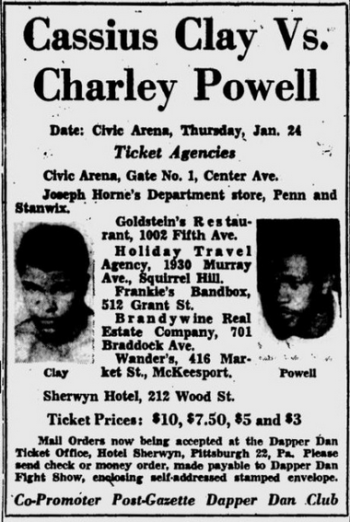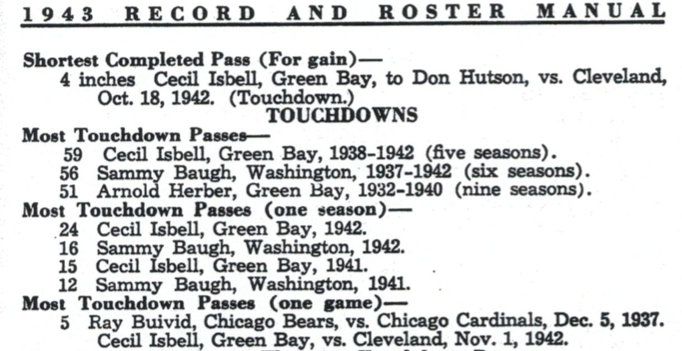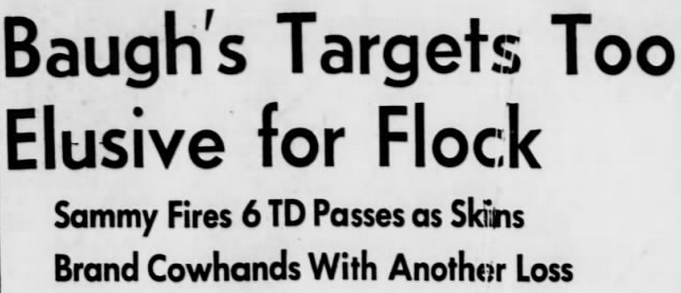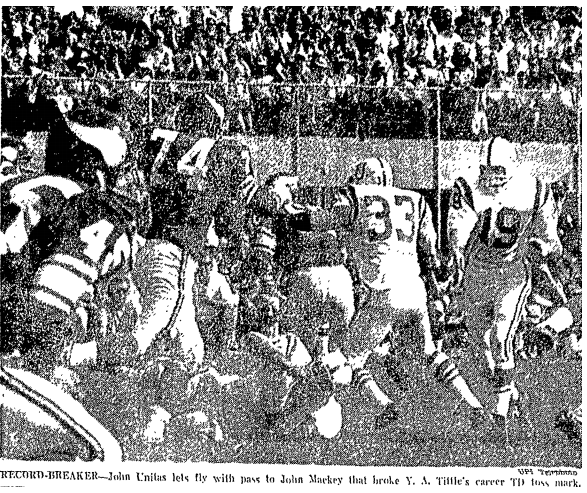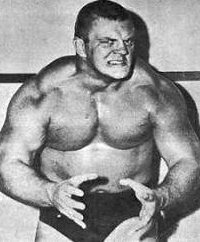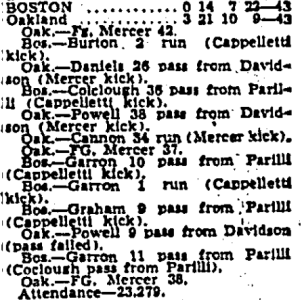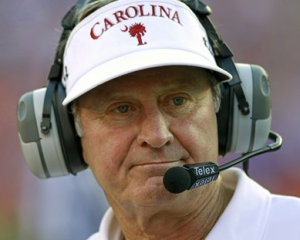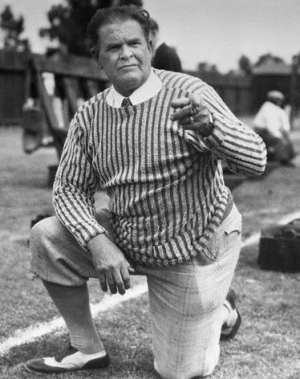When Charley Powell died last month at 82, he was an all but forgotten sports figure — outside, that is, his hometown of San Diego, where his feats in football, baseball, basketball, track and boxing are legend. Jim Murray, the Los Angeles Times columnist, once wrote: “When the conversation veers around to all-around athletes, it gets to Charlie Powell in a hurry. There’s Jim Thorpe, Jackie Robinson, and, well, how about Charlie Powell?”
As a 20-year-old in 1952 — he passed up college in favor of a minor-league baseball fling — Powell was man enough to play defensive end for a 49ers club stacked with four Hall of Famers: quarterback Y.A. Tittle, running backs Joe Perry and Hugh McElhenny and tackle Leo Nomellini. A chiseled 6-foot-3, 226 pounds, he might have been one of the greats if he hadn’t gone into boxing, which paid better.
As he told Gay Talese of The New York Times late in his career: “Trouble was I’d have to take weight off in the summertime [for boxing] and put it back on in the wintertime for football. It
was off and on, off and on, and I couldn’t concentrate on either sport.”
Powell did have his moments in the squared circle, though. The biggest came in March 1959, when, as a 4-to-1 underdog, he TKO’d Nino Valdes, the No. 2-ranked heavyweight. The win moved Charley up to ninth in Ring Magazine’s ratings, as high as he ever got. From The Associated Press account:
“Valdes had gone down twice before in the [eighth] round [before referee Cy Gottfried stopped it], once following a left and a right to the jaw, . . . and once when the ex-pro football player draped him over the middle strand of the ring ropes. . . .
“[Valdes] suffered a gash over his right eye in the third [round] and thereafter presented a gory picture after he tried to ward off the aggressive Californian, who crowded in and refused to allow his bigger opponent to unlimber his heavy guns.”
After getting off to a 20-3-2 start, Powell settled for a final record of 25-11-3 with 17 knockouts. A succession of broken hands — along with a chin, I’m told, that may not have been made of granite — undermined his early promise. Toward the end, he served as a tuneup for a young Cassius Clay (soon to be known as Muhammad Ali) in 1963 and a dethroned Floyd Patterson in ’64. He was knocked out both times, but give the guy his due: He traded blows with two heavyweight champs.
The following is a clip from Powell’s 1954 bout against journeyman Charlie Norkus at San Francisco Civic Auditorium. You can watch all seven rounds if you want; I’m just focusing on the first one, when he . . .
Now that’s punching power.

